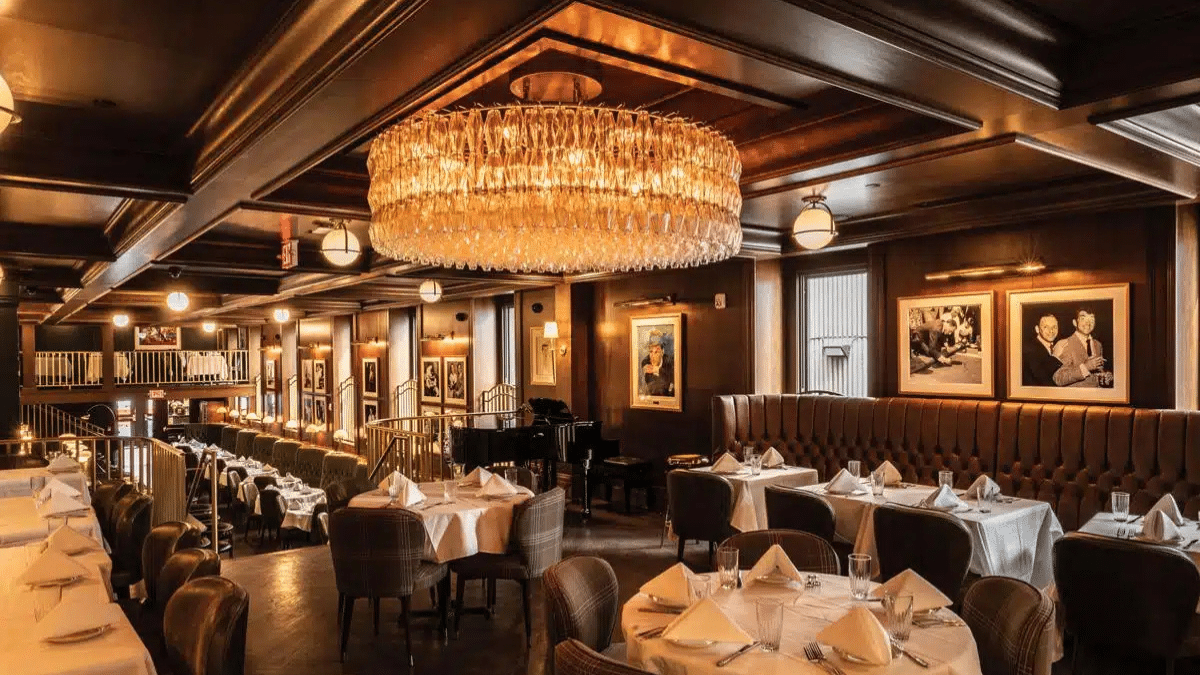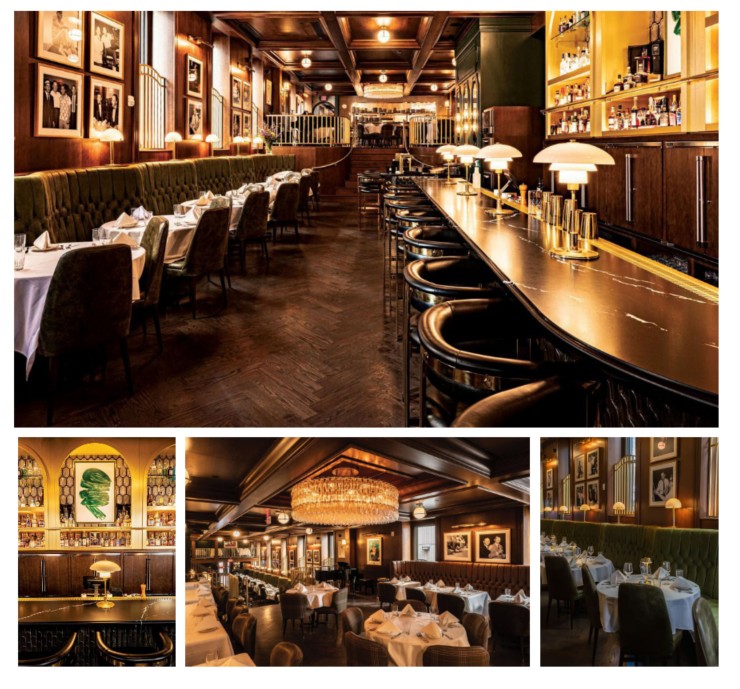The Art of Storytelling Through Hospitality Design
The Power of Narrative in Hospitality Environments
When guests enter a space with a cohesive narrative, they become part of something larger than themselves. This connection happens because stories engage us on multiple levels—intellectual, emotional, and sensory. A thoughtfully designed narrative environment doesn’t just please the eye; it creates moments of discovery, reflection, and genuine connection that guests carry with them long after their stay.
The most successful hospitality venues today understand that memorable experiences drive guest loyalty. By weaving compelling narratives through architectural elements, materials, and carefully considered touchpoints, we create spaces where guests don’t just visit—they participate.
Developing the Core Narrative Concept
Every impactful design story begins with research and deep listening. We start by uncovering what makes each project unique—whether it’s the location’s cultural heritage, the client’s vision, or a chef’s culinary philosophy. This foundation ensures narratives emerge organically rather than feeling imposed or artificial.
Our conceptually-driven approach involves identifying the emotional core that will resonate with guests while supporting brand identity. This becomes the framework guiding all design decisions, ensuring cohesion from macro architectural elements to the smallest details. By establishing this narrative foundation early, we create an authentic story that remains consistent throughout the development process.
Translating Stories into Physical Elements
The magic happens when abstract narratives transform into tangible experiences. Architectural elements like spatial flow, scale, and proportion become powerful storytelling tools—guiding guests through chapters of an unfolding experience. A compressed entry might create anticipation before revealing a dramatic main space, much like the rising action in a well-crafted story.
Materials speak their own language in narrative spaces. Reclaimed wood might connect guests to heritage and authenticity, while innovative composites could signal forward-thinking values. Each material choice becomes deliberate—not simply aesthetically pleasing but meaningful within the broader narrative.
The most powerful storytelling often lives in thoughtful details—custom hardware that references local craftsmanship, lighting that evokes specific emotional states, or furniture that invites particular social interactions. These touchpoints create moments of delight and discovery throughout the guest journey.
Creating Cohesive Narrative Experiences
Effective spatial storytelling requires balance—between explicit and subtle elements, between guiding the experience and allowing personal interpretation. The most compelling hospitality environments create a framework for guests to discover stories at their own pace rather than overwhelming them with obvious themes.
We approach narrative design as a multi-sensory experience. Beyond visual elements, consider how sound transformation between spaces reinforces the journey, how textural contrasts create emotional shifts, or how scent can trigger powerful connections. These sensory layers create richer, more immersive storytelling environments.
Examples of Hospitality Storytelling
The most successful narrative-driven designs respond to specific contexts. For boutique hotels, we often explore how to create distinctive experiences that couldn’t exist anywhere else—connecting guests to location through authentic, place-based stories rather than generic luxury signifiers.
Restaurant environments present unique opportunities to translate culinary narratives into physical form. A chef’s philosophy, cultural heritage, or ingredient-focused approach provides rich material for spatial storytelling that enhances the dining experience.
With historic renovations, we approach storytelling as a dialogue between past and present. By thoughtfully revealing existing narratives while introducing contemporary elements, we create layered environments that honor heritage while remaining relevant.
Create Lasting Connections Through Hospitality Design
At Remick Architecture, we believe the most valuable hospitality designs aren’t just visually striking—they create meaningful connections through authentic storytelling. By developing spaces with narrative depth, we help our clients create distinctive environments that resonate with guests and create lasting impressions that extend far beyond aesthetics.

